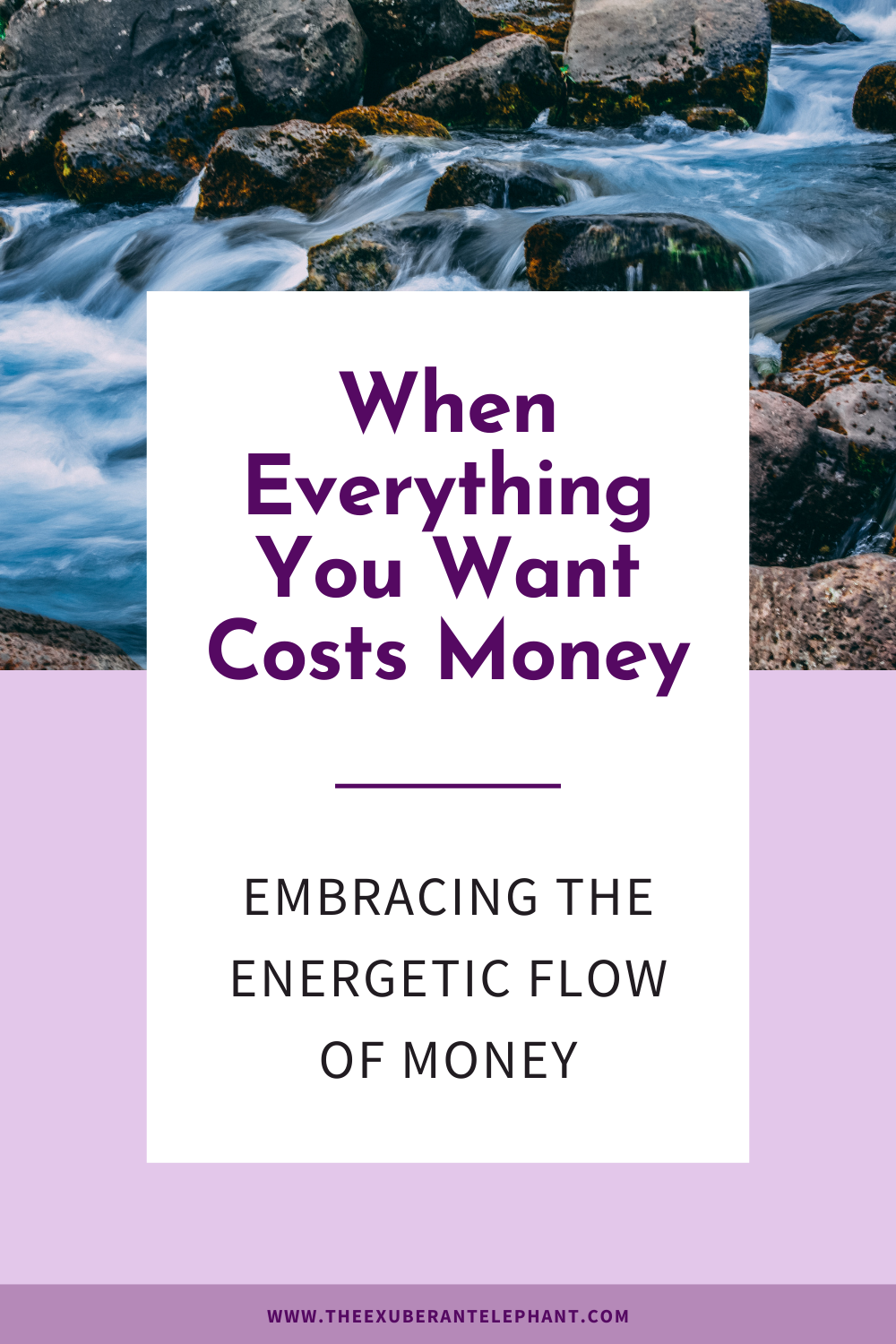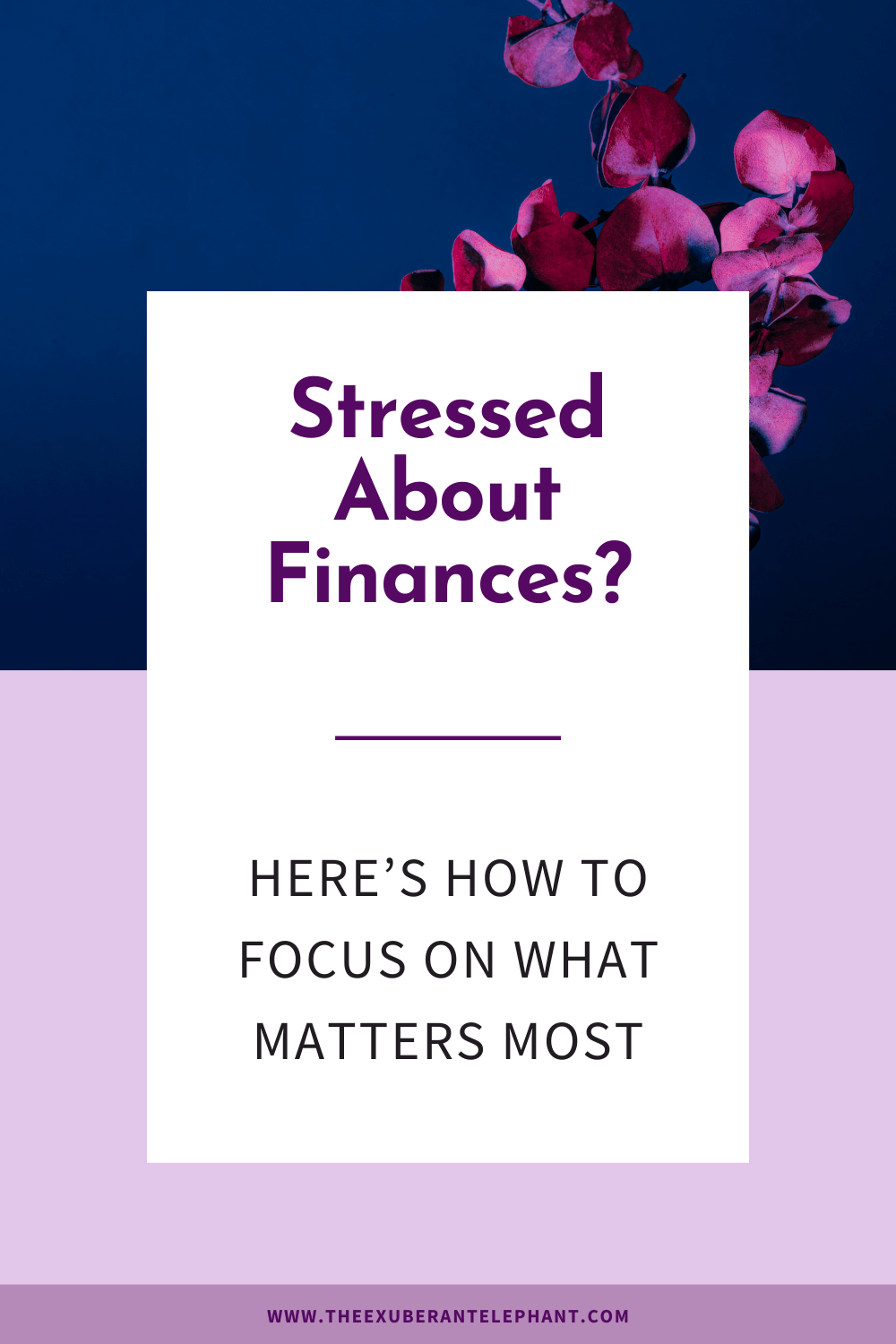The Five Questions That Transform How You Budget with YNAB
Please note: some of my posts may contain affiliate links. This means if you choose to make a purchase, I may receive a commission.
However, I only recommend resources I know and love! See my full disclosure policy here.
A Practical Guide to YNAB's 5 Essential Questions
May 2025 YNAB Update: YNAB has updated their approach to budgeting, moving towards these Five Key Questions. You may have heard about YNAB’s Four Rules for Budgeting, which I discussed in this post and I still believe they are still essential for building a strong budgeting foundation!
For years, YNAB has championed its Four Rules as the cornerstone of effective money management. And, if you’ve been in my world for any amount of time, you likely know that YNAB is my favorite budgeting software! While this hasn’t changed, personal finance is ever-evolving, and YNAB has also continued to evolve and in doing so, has thoughtfully refined its guidance into a more question-based framework.
Think of these Five Questions as building blocks, a pyramid of financial clarity that needs built from the ground up. You might find yourself focusing intently on the first question initially, gradually progressing through the others as you gain more control and awareness over your money. As you make your way through the questions, each time, you will add another block to your pyramid, making it (and your finances!) stronger each and every time.
The Reality Question: What Does This Money Need To Do Before I'm Paid Again?
At the base of our financial pyramid lies the Reality Question. This is the most immediate and crucial question you need to ask yourself every time money hits your account. What are the absolute necessities? What bills are due? What spending is unavoidable before your next income arrives?
Think about rent or mortgage payments, groceries to keep you fed, transportation costs to get to work, essential utilities like electricity and water. These are the dollars that have a non-negotiable job to do right now.
YNAB excels at helping you answer this. By allowing you to categorize your income as it comes in and assign those funds to specific categories, you’re giving every dollar a job. This ensures that your immediate obligations are covered, forming the bedrock of a stable budget. It’s about understanding your present financial reality before you can plan for the future.
The Stability Question: What Larger, Less Frequent Spending Do I Need to Prepare For?
Once you have a handle on your immediate needs, the next level of our pyramid focuses on Stability. This involves looking beyond your next paycheck and considering those larger, less frequent expenses that are still predictable. These are the costs that, if not planned for, can often lead to financial stress.
Think about car maintenance, insurance premiums (paid quarterly or annually), holiday gifts, back-to-school shopping, or even that annual software subscription. While these don't occur every month, they are a reality, and ignoring them is a recipe for budget disaster.
YNAB empowers you to answer this question by setting up “sinking funds” or using scheduled transactions. You can allocate a small amount of money each month towards these categories, so when the time comes, the funds are already there. This proactive approach builds financial stability and prevents those “surprise!” expenses from derailing your budget.
The Resilience Question: What Can I Set Aside for Next Month's Spending?
As you gain control over your immediate needs and start planning for those less frequent expenses, you can begin to build Resilience into your budget. This question is about creating a buffer between the time you get paid and when you spend that money. Another way to think about it is as setting aside money this month to cover expenses next month.
Living paycheck to paycheck can be incredibly stressful. The Resilience Question encourages you to break that cycle. By intentionally allocating funds to next month’s categories, you give yourself breathing room. Imagine knowing, at the start of June, that your essential July expenses are already funded. (Trust me, it’s a great feeling!)
YNAB’s features, like the concept of “Age of Money,” can help illustrate your progress in building this buffer. The more you can set aside for the future, the more resilient your financial situation becomes, allowing you to weather unexpected financial bumps in the road with greater ease.
The Creation Question: What Goals, Large or Small, Do I Want To Prioritize?
With a solid foundation, stability in place, and a growing buffer, you can now focus on Creation, or aligning your budget with your biggest goals and aspirations. This question moves beyond just covering needs and starts focusing on what you actively want to achieve with your money. This is what I like to call living Your Greatest Life!
What are your financial goals, both big and small? Saving for a down payment on a house? Planning that dream vacation? Paying off debt? Investing for the future? Building an emergency fund?
YNAB’s goal-setting features allow you to visually track your progress towards these objectives. By asking yourself this question, you’re intentionally directing your money towards what truly matters to you, making your budget a powerful tool for creating the life you envision.
The Flexibility Question: What Changes Do I Need To Make, If Any?
Finally, at the top of our pyramid is Flexibility. Life is rarely static, and your budget shouldn’t be either. This question encourages you to regularly review your budget and make adjustments as needed.
Did an unexpected expense pop up? Did your income change? Did your priorities shift? YNAB’s strength lies in its adaptability. You can easily move funds between categories to reflect your current reality.
Asking yourself the Flexibility Question regularly ensures that your budget remains a relevant and useful tool. It’s about staying engaged with your money, making conscious choices, and continuously optimizing your plan to meet your evolving needs and circumstances. This ongoing process is key to long-term financial mastery!
Final Thoughts
YNAB’s Five Questions provide a powerful and intuitive framework for taking control of your finances. They guide you from meeting your immediate needs to planning for the future, building security, achieving your goals, and staying flexible along the way.
Here’s a review of all five questions:
What does this money need to do before I’m paid again?
What larger, less frequent spending do I need to prepare for?
What can I set aside for next month’s spending?
What goals, large or small do I want to prioritize?
What changes do I need to make, if any?
Click here for a printable PDF of the questions (no opt-in require!) that you can have handy whenever you are budgeting! This is taken directly from my YNAB course, YNAB Made Easy.
By consistently asking yourself these questions and utilizing the features within YNAB, you’ll gain a newfound clarity and confidence in managing your money. The journey to financial well-being is ongoing, and YNAB’s Five Questions provide a roadmap to navigate it effectively.
READ MORE
Posts may contain affiliate links. See my full Disclosure.
Post Tags:















